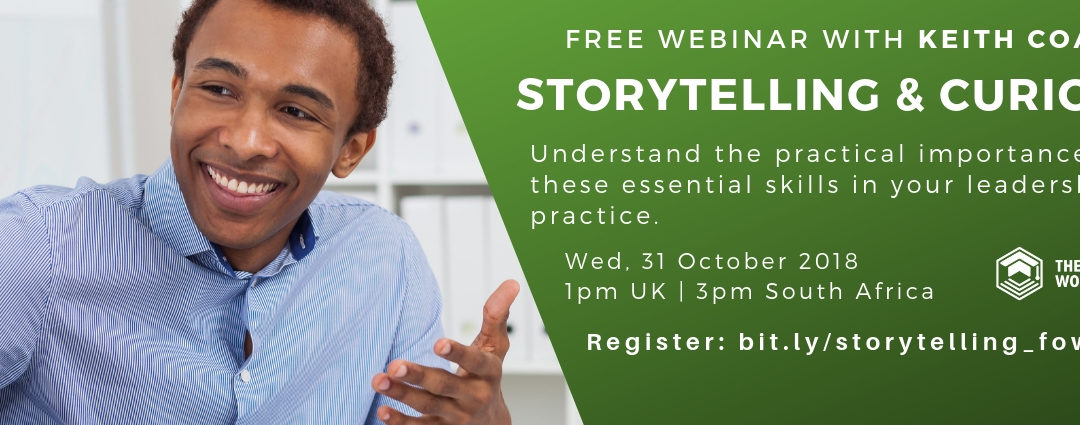Albert Szent-Gyorgy, an American biochemist, observed: “Discovery consists in seeing what everybody has seen and thinking what nobody has thought”.
Whilst some may find this rather natural – call them the ‘gifted few’, the good news is that the ability to ‘think differently’ can be nurtured and developed.
There is a philosophical tradition known as ‘phenomenology’ that traces back to the early Twentieth Century in the writings of Husserl and was elaborated on by Heidegger, Sartre and Merleau-Ponty.
Phenomenology is the description of what ‘we see everyday’ – those things that show up in our everyday existence but which we pass over due to the lack of a reflective process. It is the stuff that is ‘right under our noses’ but that goes undetected – the everyday things that are hidden in plain sight. Phenomenology is the attempt to make explicit what is implicit; it is the effort to pay attention; to notice what we tend to miss. In short, it is ‘relearning’ to see the world.
It is also the key building block in training ourselves to ‘think differently’. By paying attention to what is commonly missed we give ourselves the opportunity to notice and as a result of noticing, to see and think differently.
The mind-set that opens us to the ‘gift’ or possibility of phenomenology is curiosity. A prevailing curiosity allows us to see more than we do and invites us to engage in the kind of things that we would otherwise ignore or simply dismiss.
If curiosity is the ‘first step’ then there is another tool that we need to fully appropriate this awareness; that tool is the use of story. It is the use of story to then engage and interact with whatever it is that our heightened curiosity (phenomenology) has opened to us. Story becomes the bridge that connects our curiosity to further insight and learning; It becomes the means whereby we can learn.
This might at all sound a little complicated but it is actually very simple. Let me bring it to life with a recent experience of mine.
I was in Silicon Valley on a leadership development programme that I was helping to facilitate. The participants were all senior leaders of a global technology firm. The location was a very nice hotel and our conference room opened up onto a lovely area of well-manicured lawn that was accessible to the public. Every day, on a park bench situated immediately outside our room, a homeless man would arrive and make that his ‘home’ for the day. He didn’t interfere with anyone and for the most part he would simply sit there, his belongings were neatly packed into a trolley that accompanied him.
However, periodically he would suddenly shout out or have a loud and animated conversation with himself before lapsing back into a relaxed silence. Of course, everyone was aware of this and I sensed a degree of discomfort and irritability with his sporadic outbursts. As I watched this unfold over the first two days I became curious about our visitor – I wondered if perhaps he thought we were the intruders as I am sure that he had been coming to this spot long before we had arrived.
So one break I went over and asked if I could share his bench. I won’t go into the details of what unfolded but essentially I learnt that he suffered from schizophrenia and learnt something of his story. I took care not to pry and ask too many questions but in short, we enjoyed some very meaningful conversation as we shared stories over a couple of brief interactions. I felt privileged to have had the opportunity to interact with him and learn something of his story. The programme participants had noted our interactions and it later formed part of some of our ‘in class’ conversation that was very revealing and interesting…but that is another story!
The point is that when we become curious about something – even if that ‘something’ is an everyday situation, we can use story as a means of exploring that opportunity further. The end result seldom disappoints and invariably leads to unexpected insights and learning – be that external or internal (insights about ourselves).
You might need to pause here and think about this for a moment. Better still why not try this little experiment to experience what I am saying:
Take a walk out of your office of no more than 100m in any direction. Take a familiar route, a route you might travel every day. Your task: to collect a story. Any story. Collecting a story will necessitate you seeing the familiar differently. It will mean noticing what you tend not to notice. Collect a story. It is a great exercise to do with your entire team and then when back in the building, share your stories. You will be amazed at what is shared.
It is the start of seeing differently which then helps you to think differently. Curiosity that fuels connection by using story is a powerful attribute to add to one’s ‘future-fit’ toolkit!
Keith Coats, the author of today’s tip, is hosting a free webinar helping us understand the practical importance of both these essential skills (curiosity & storytelling) in your leadership practice. Keith’s title in TomorrowToday is ‘Director of Storytelling’ having formally studied the subject in the context of leadership and organisations. The webinar won’t be longer than an hour, with plenty of time for engaging with Keith. We’d love for you to join us and explore this topic further with us.




